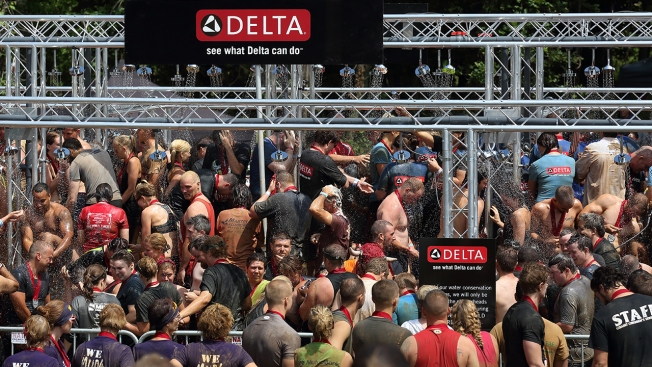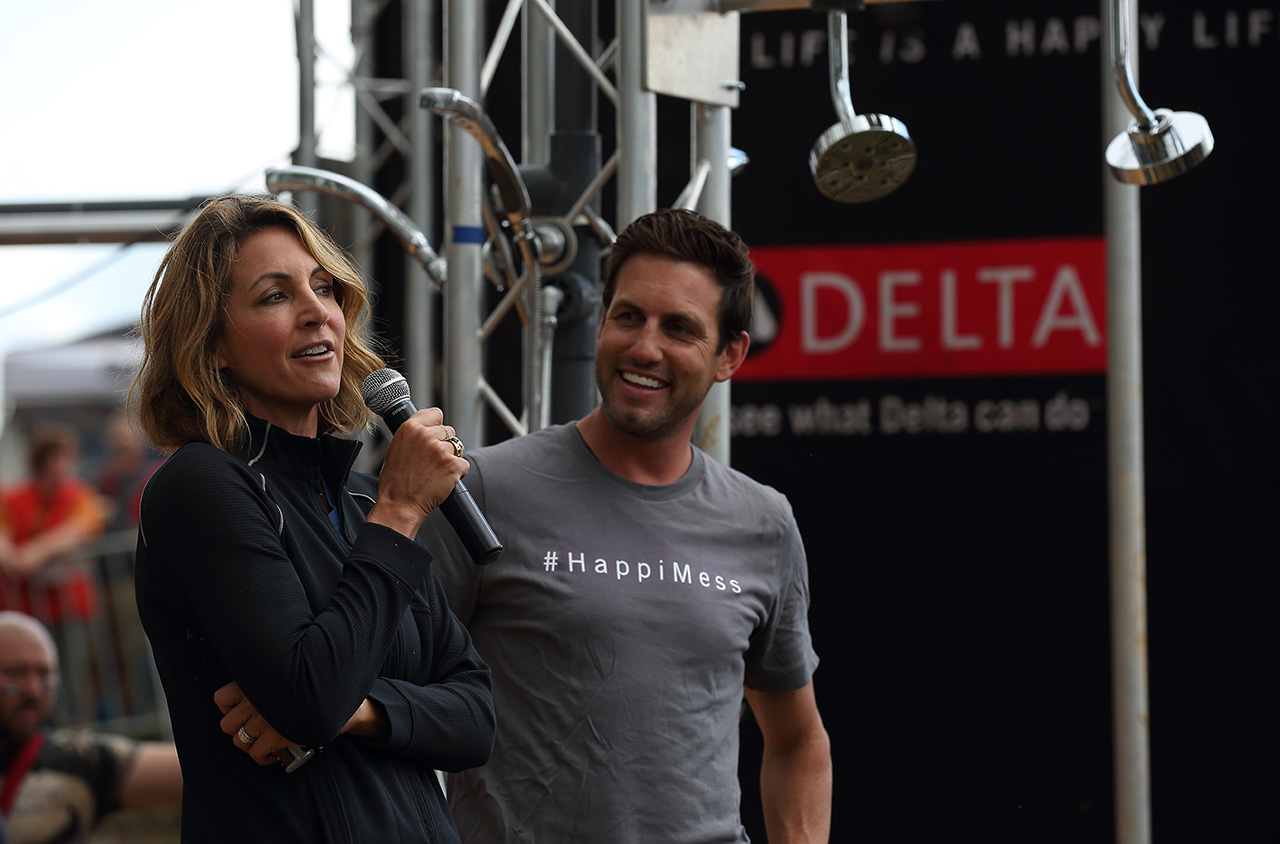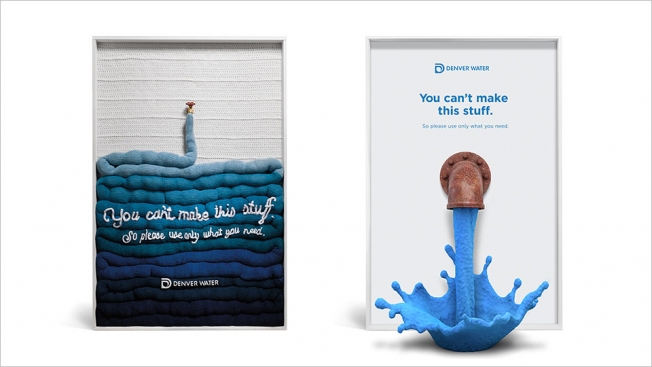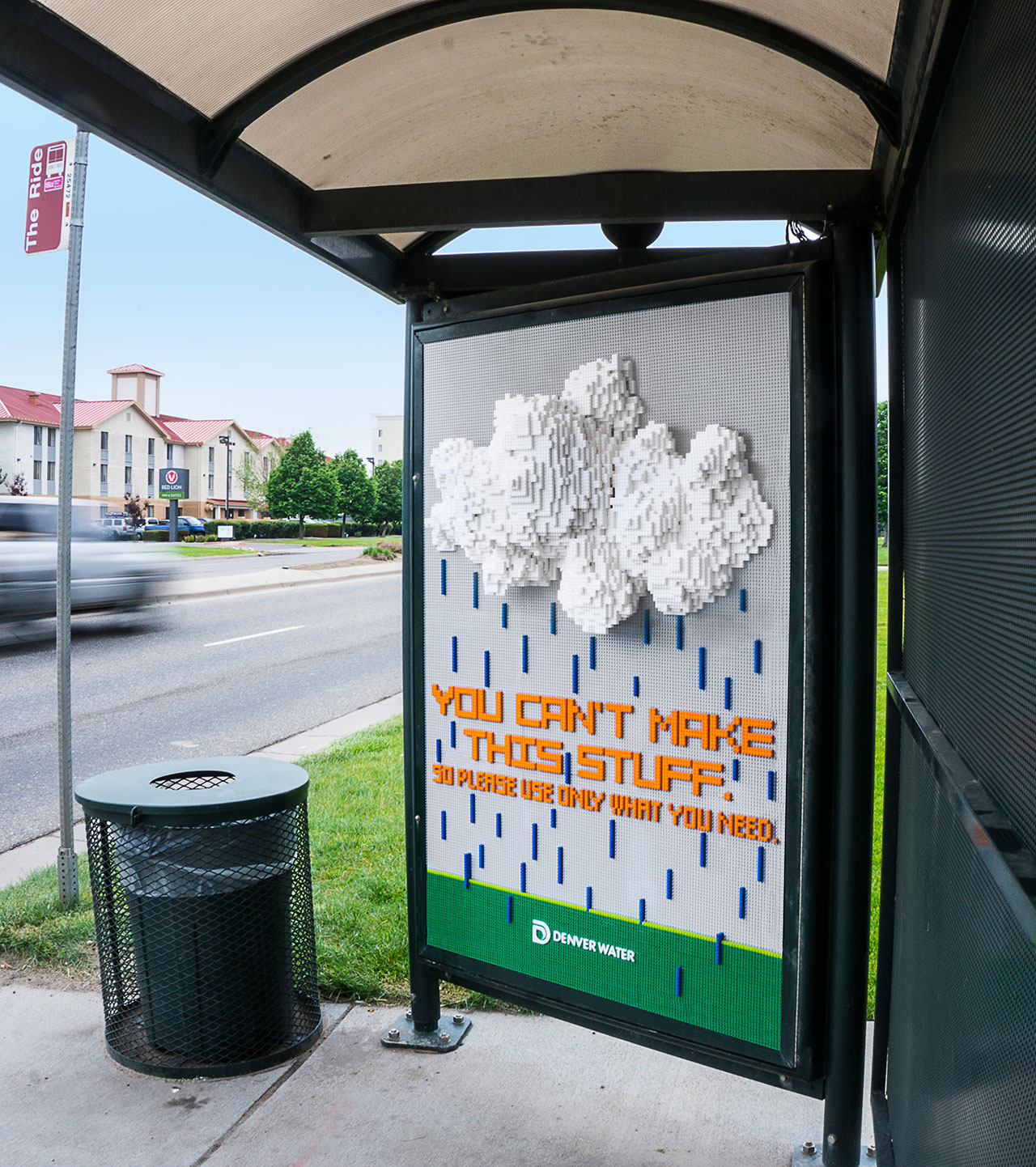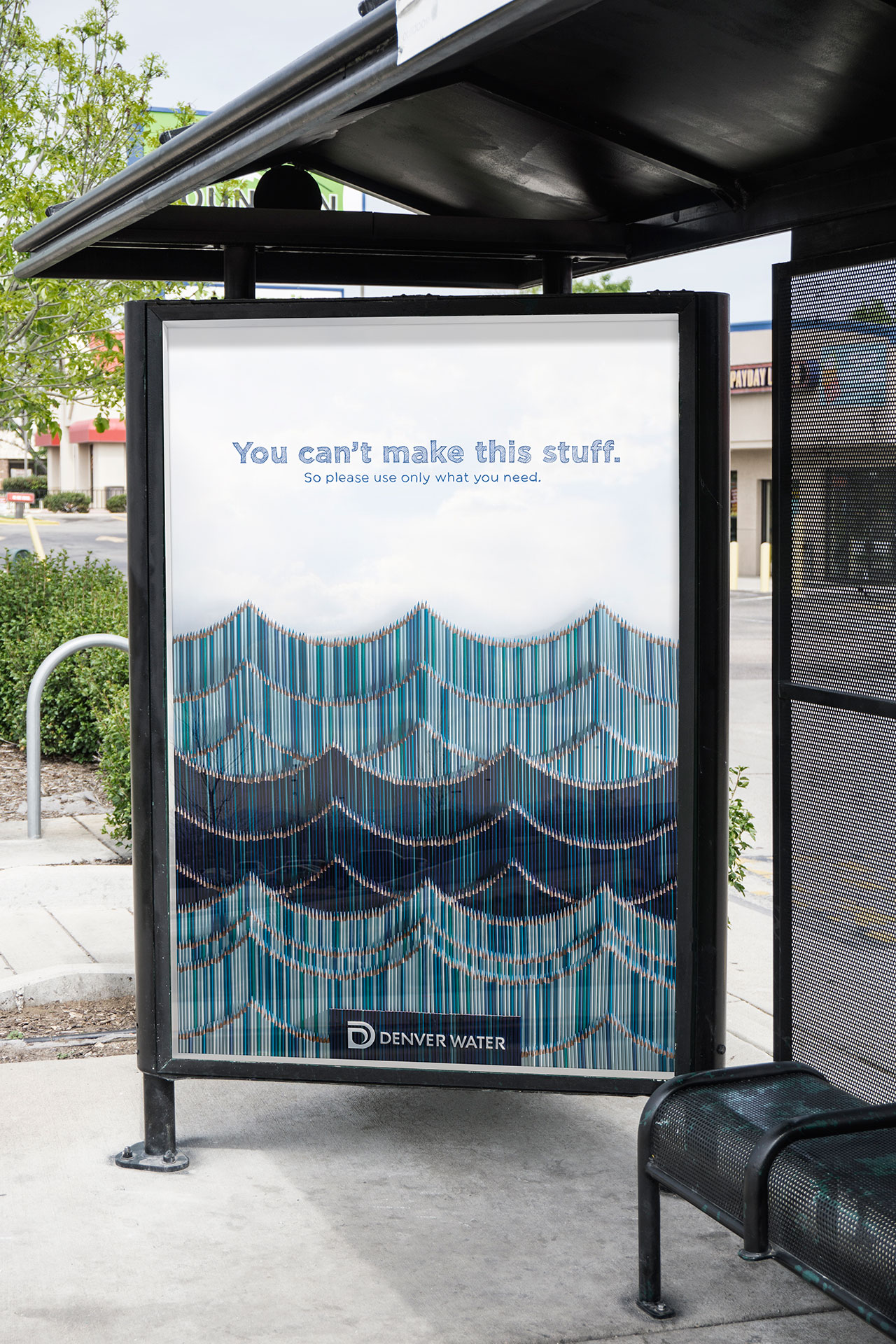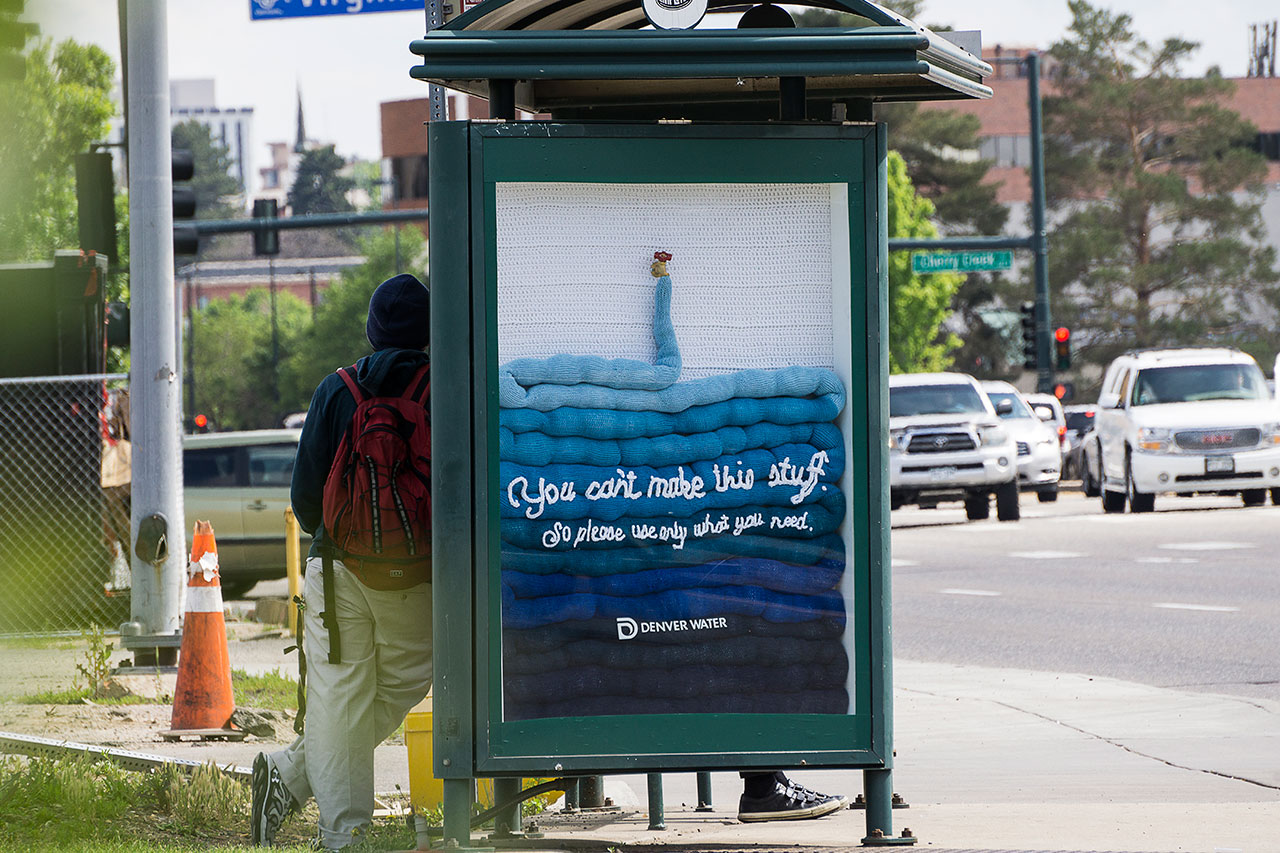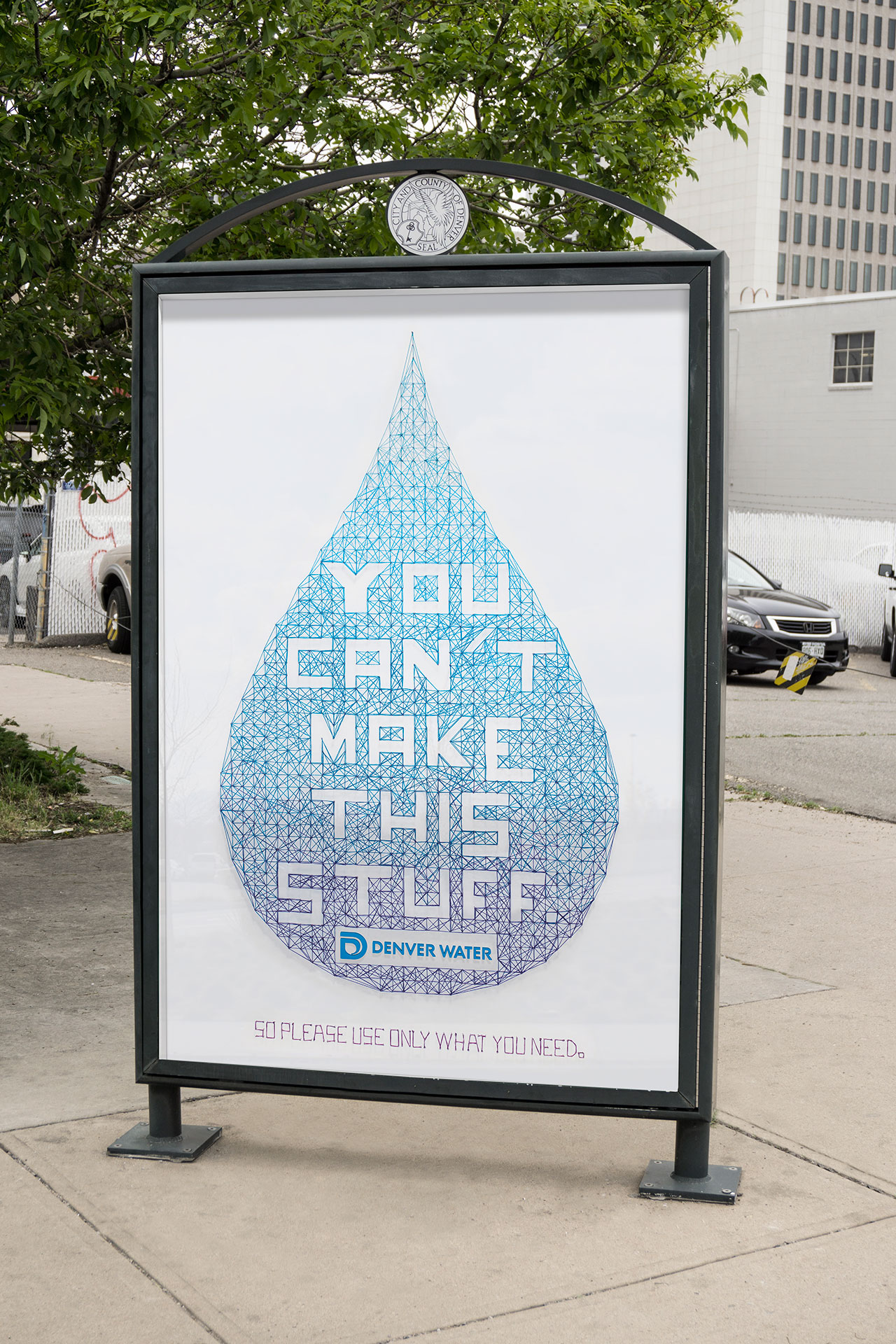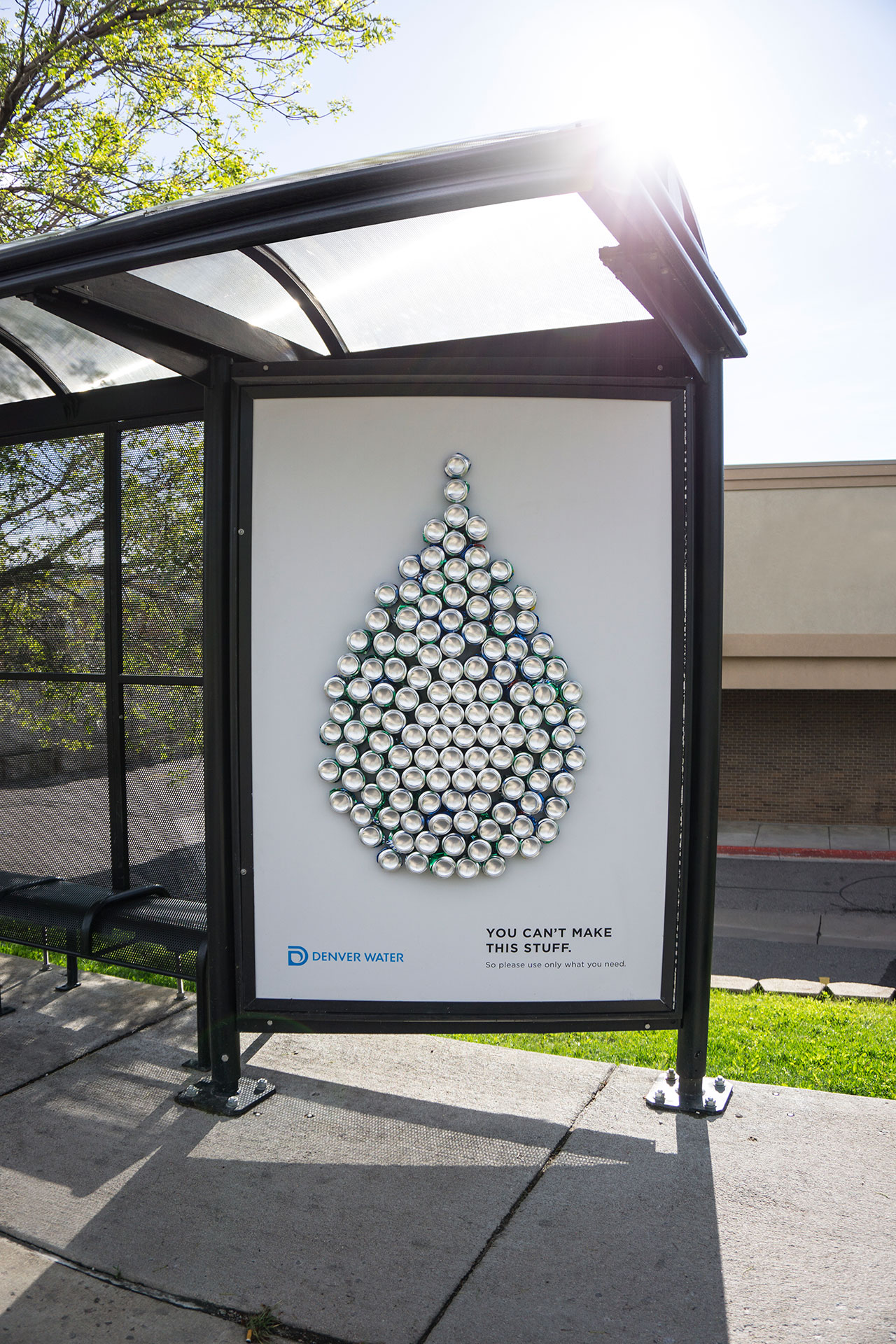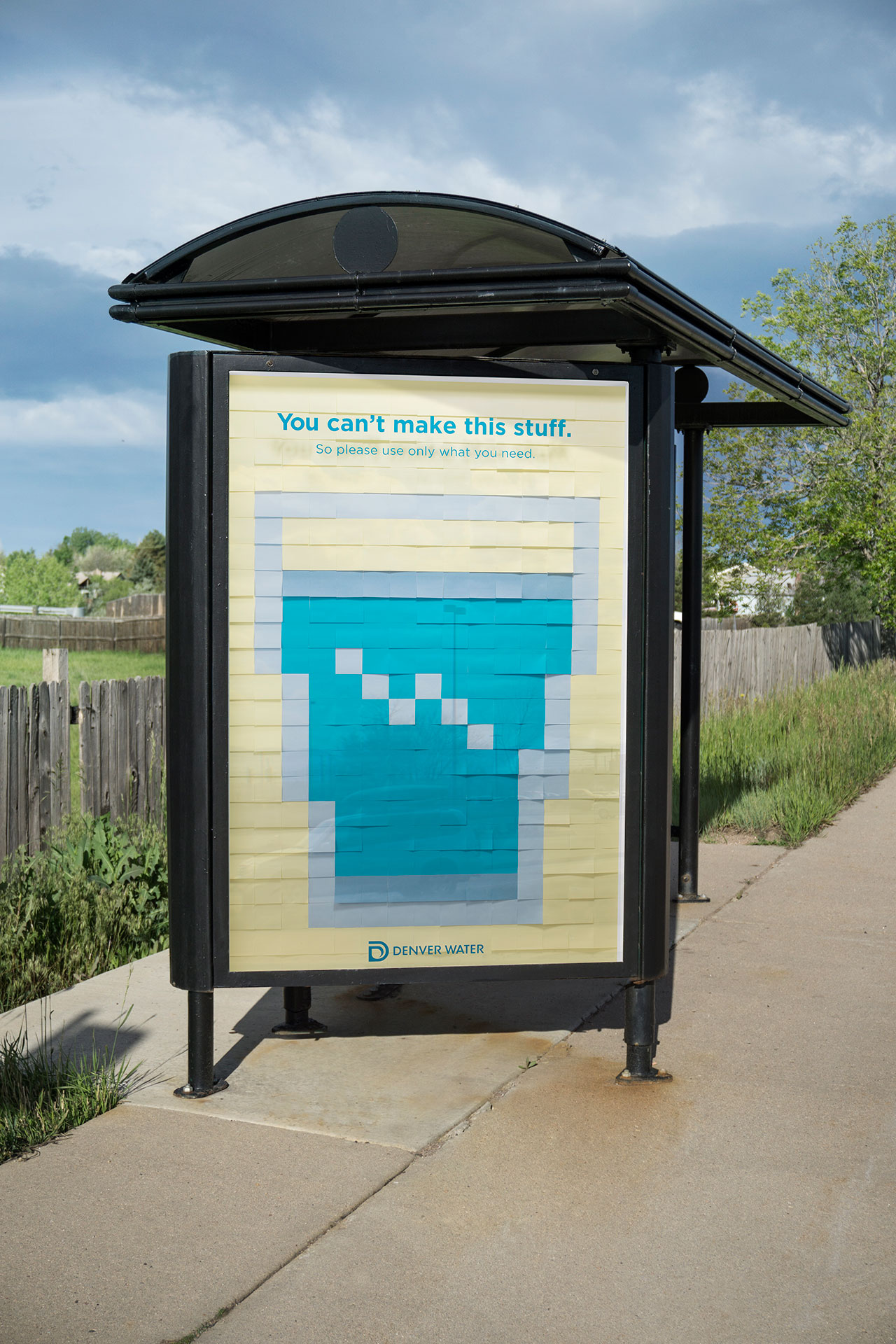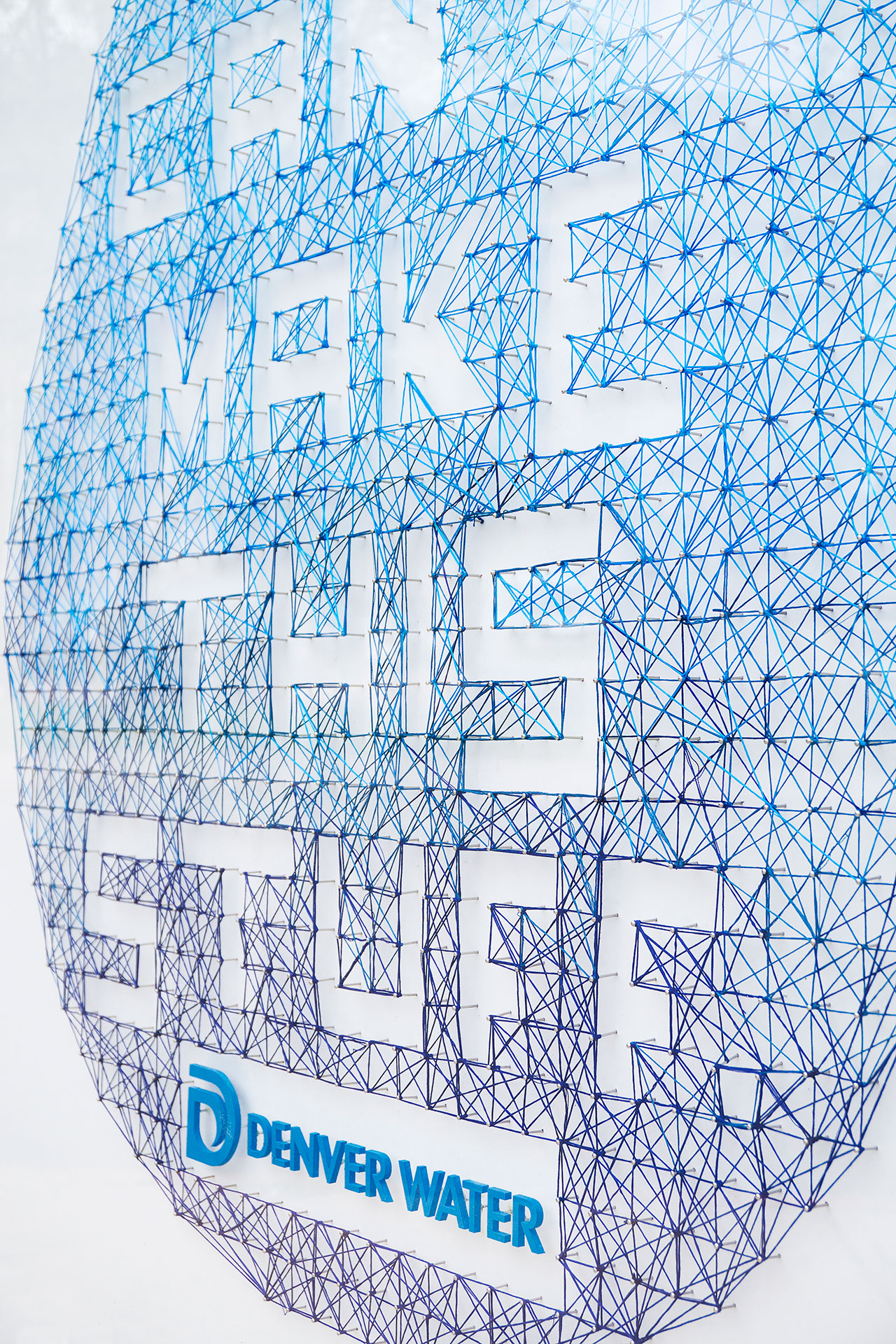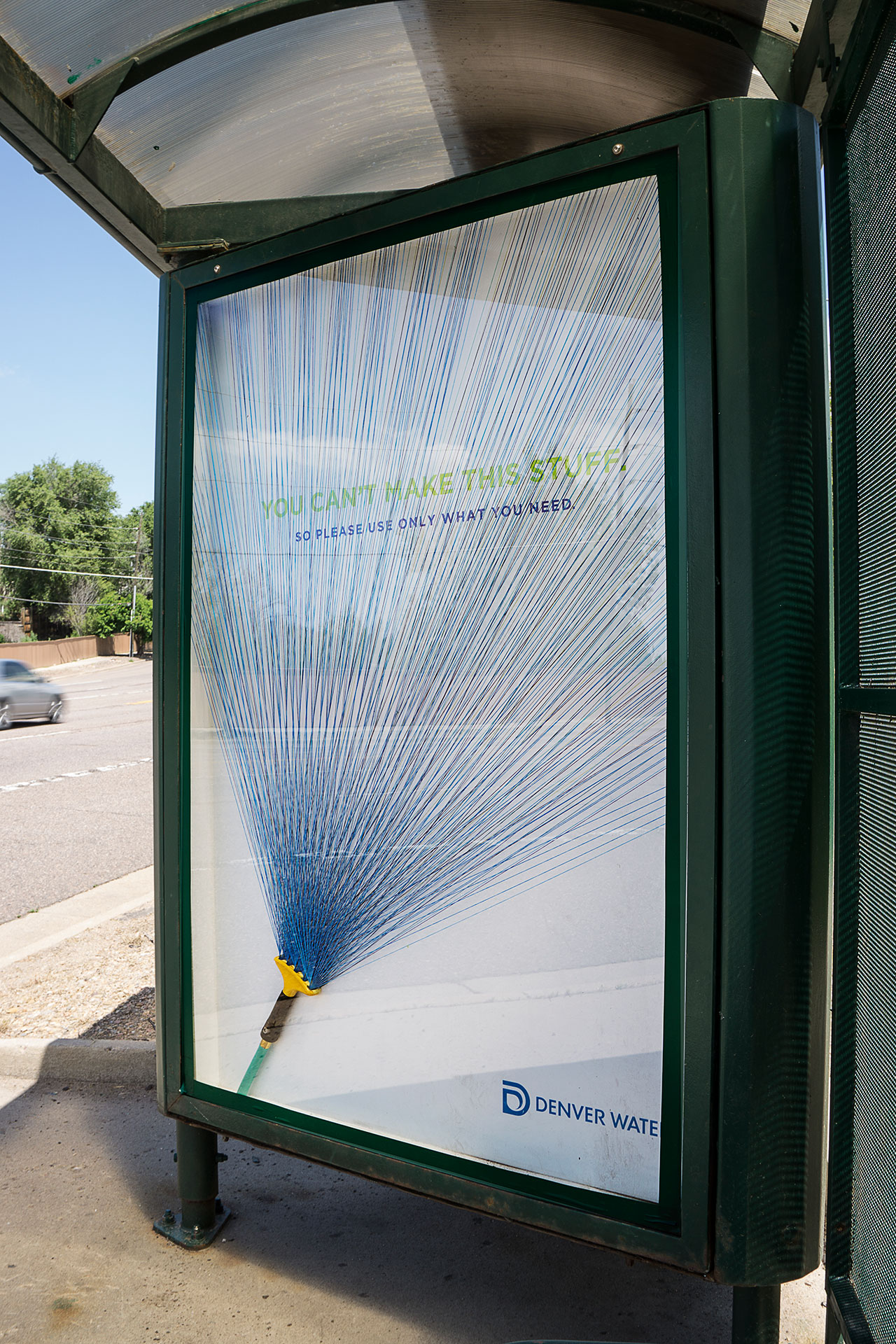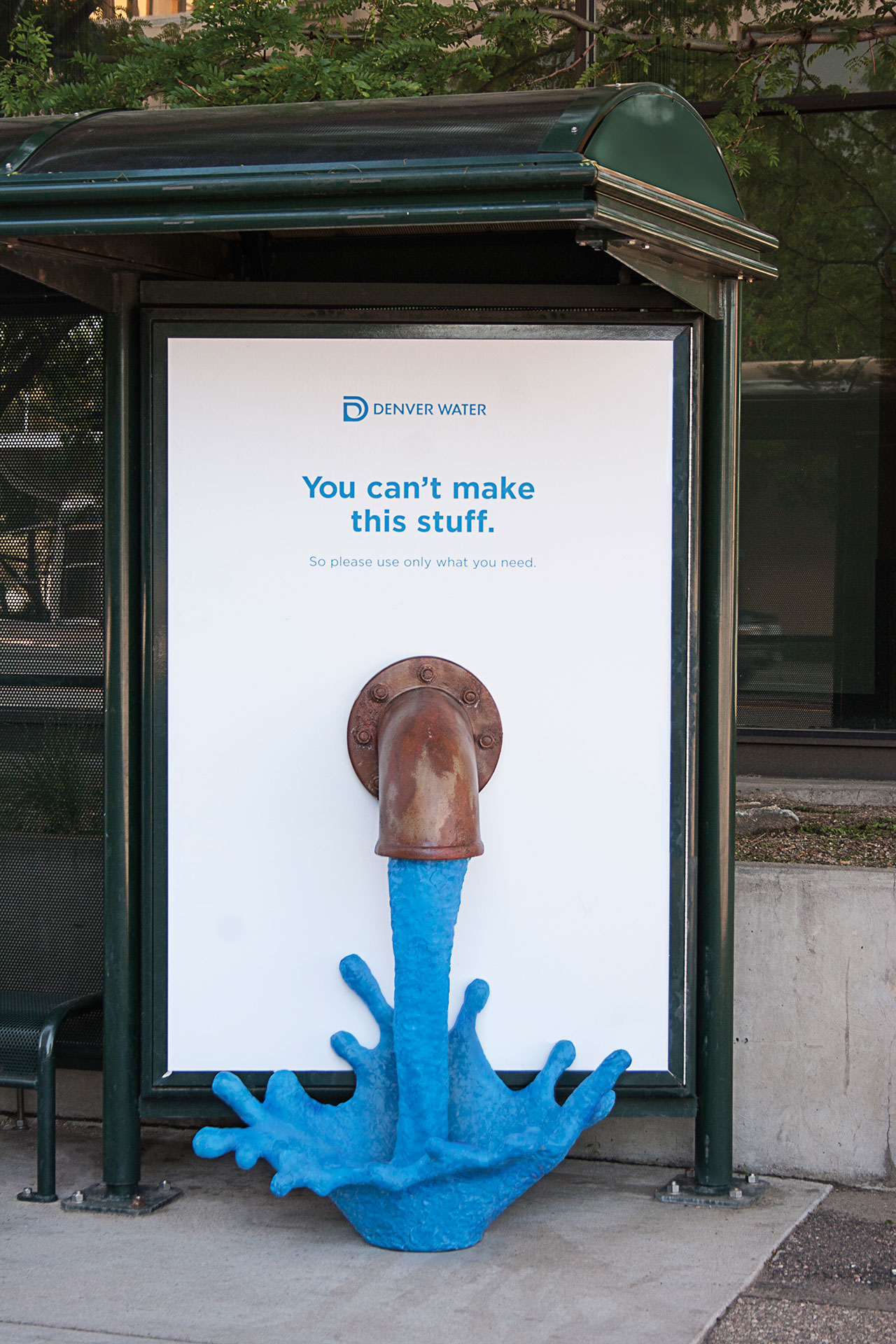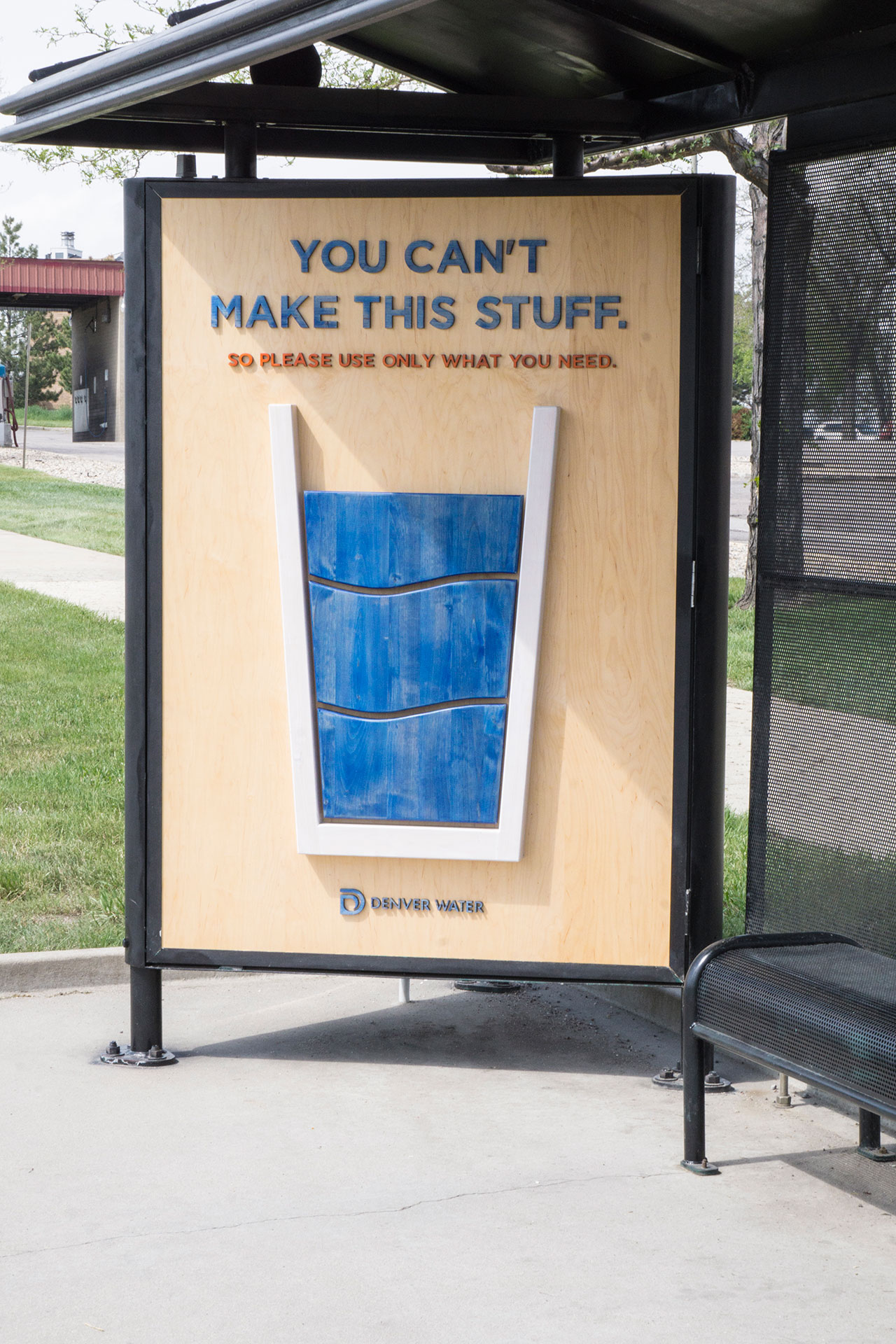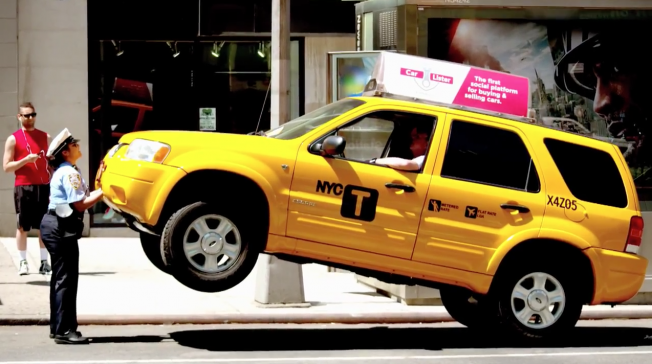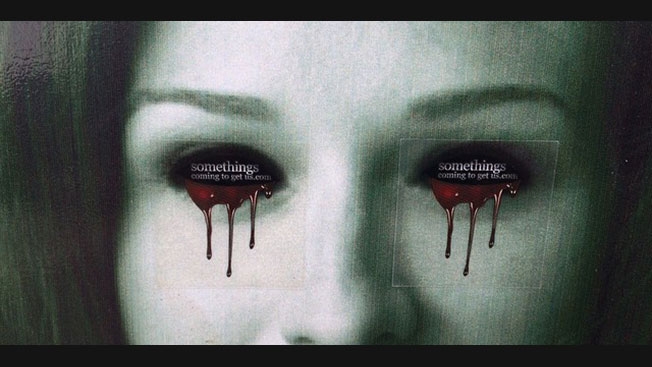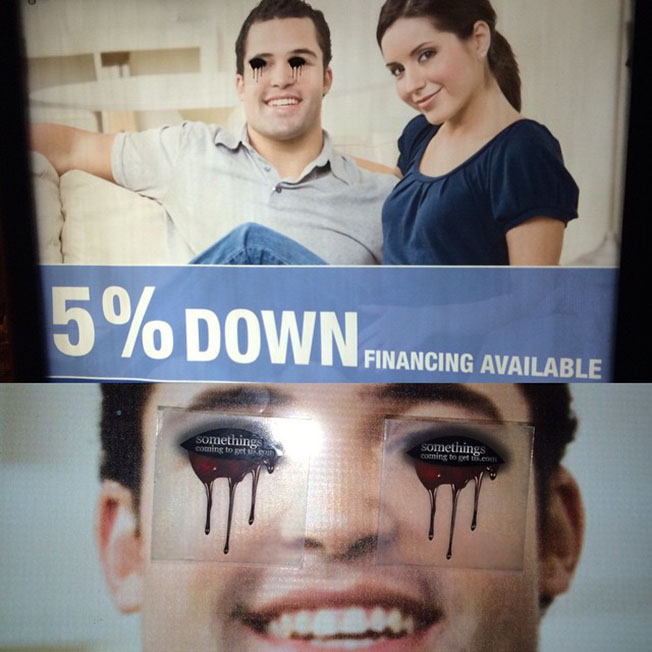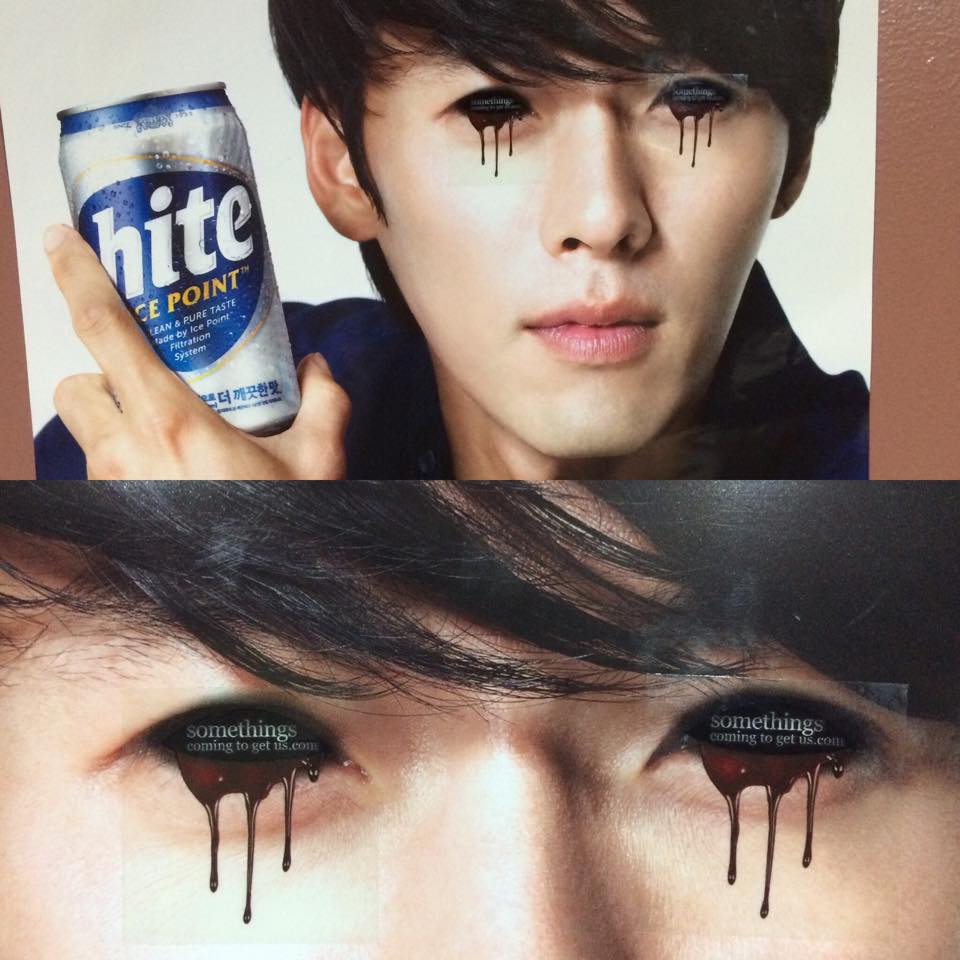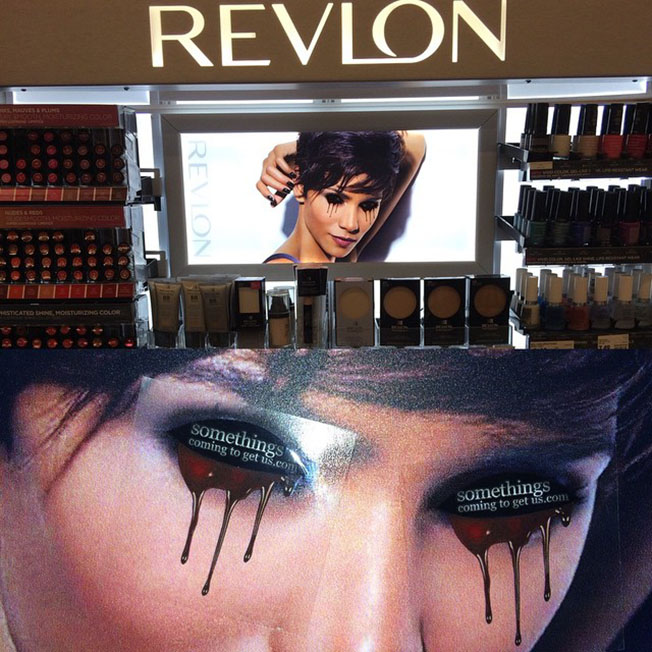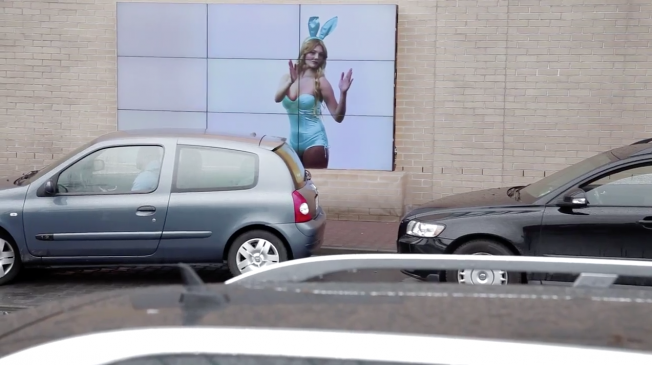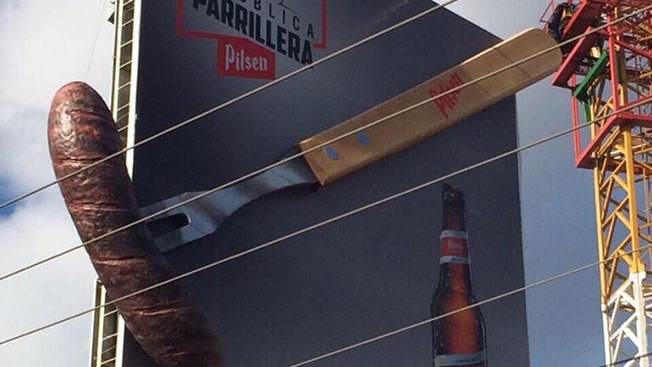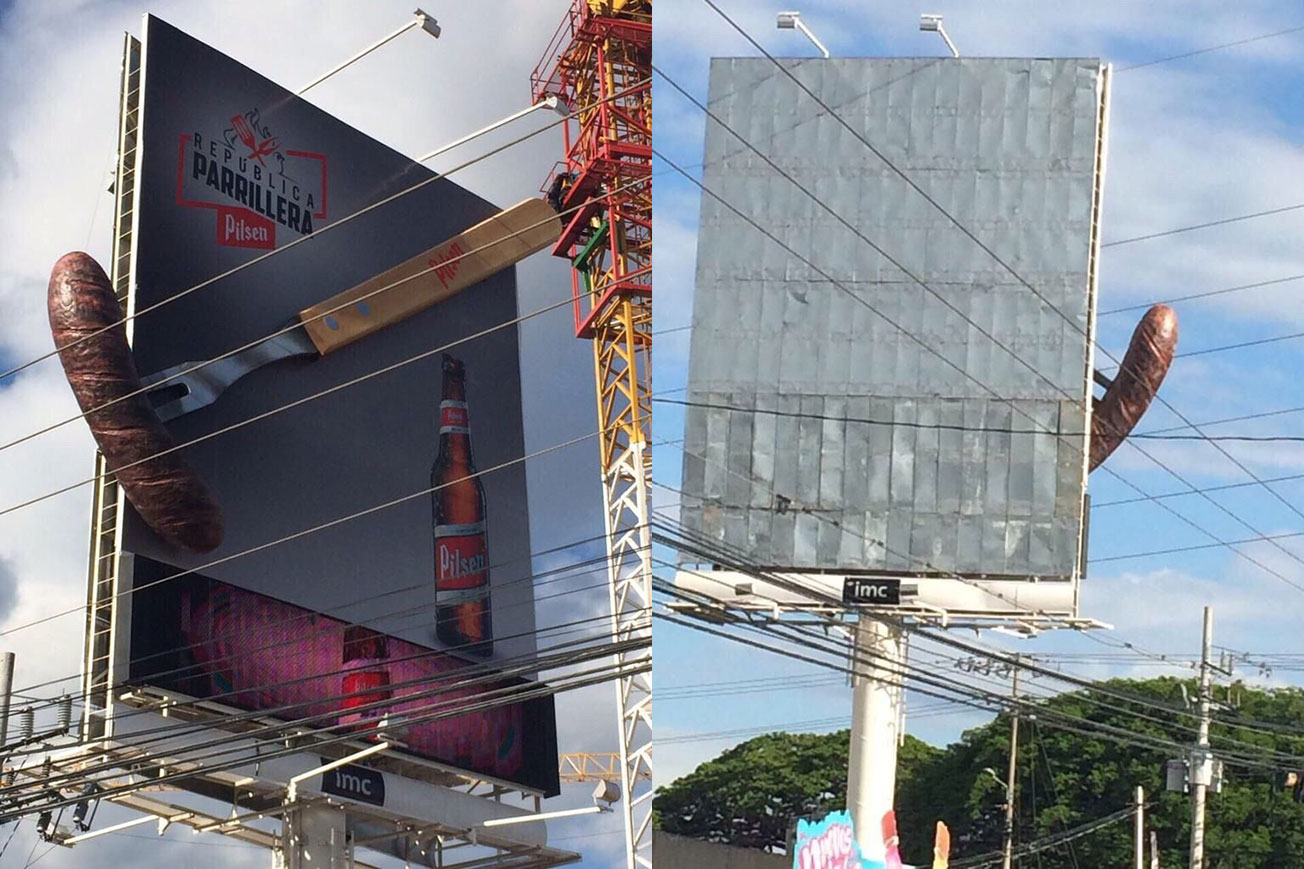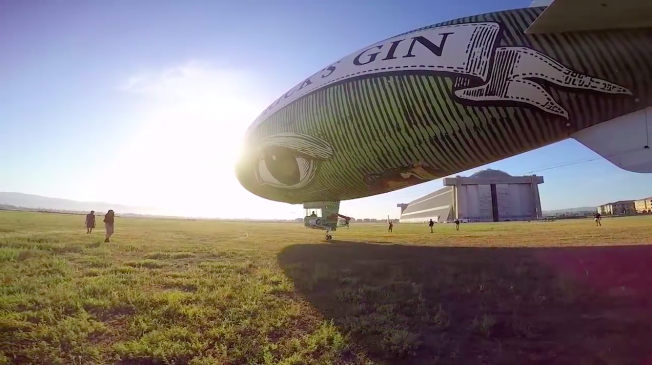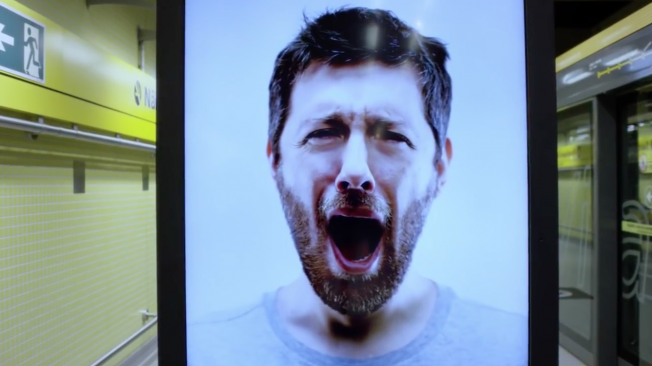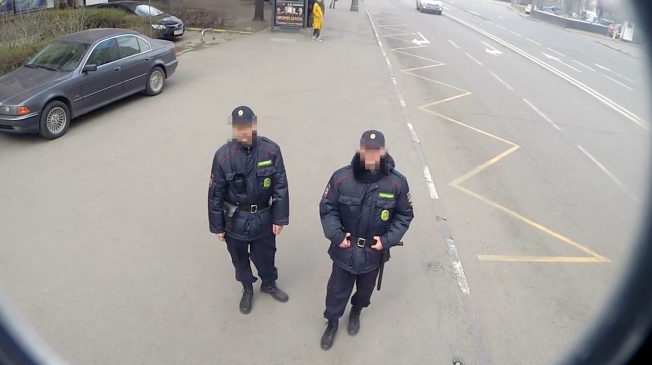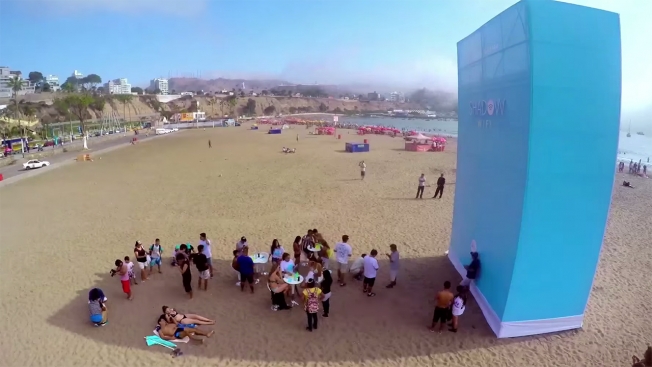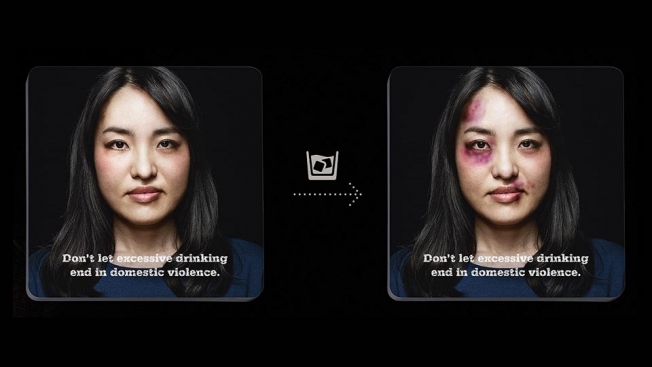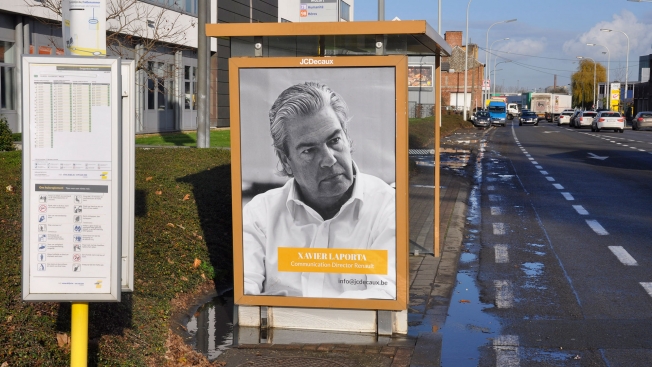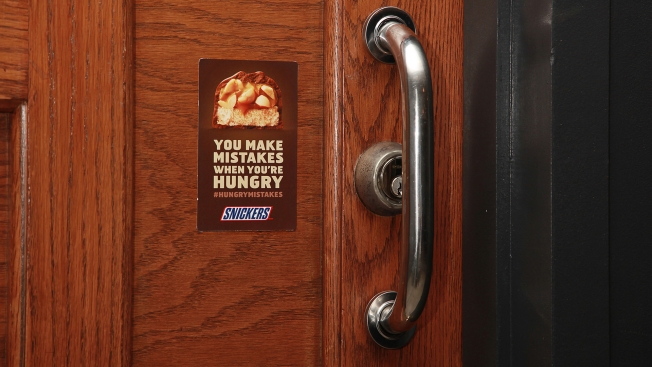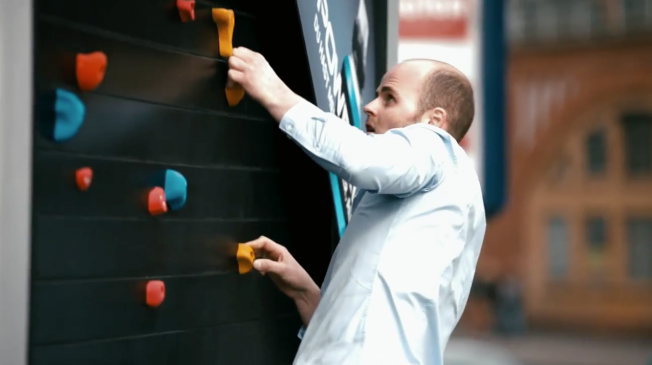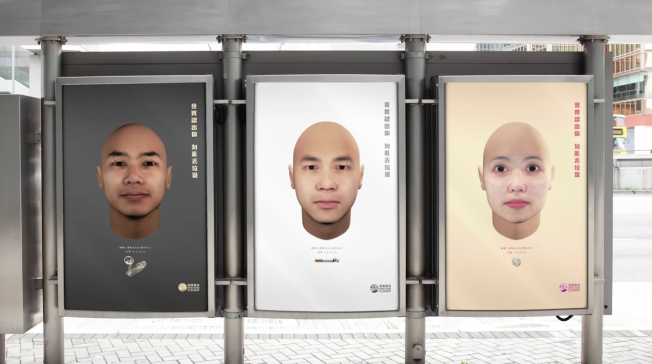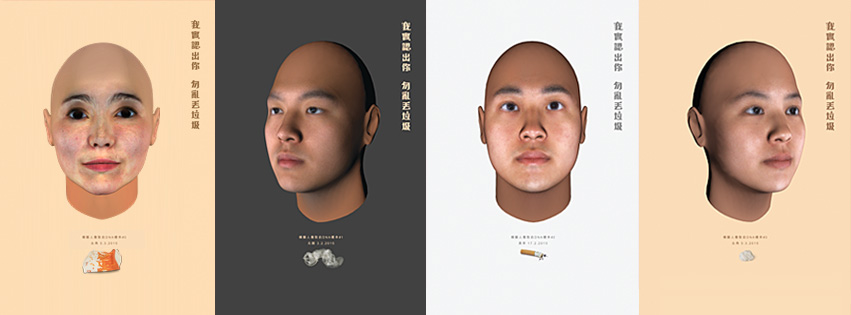Yodeling Country Man Charms Stressed City Dwellers on Live Ad in Swiss Tourism Stunt
Posted in: Uncategorized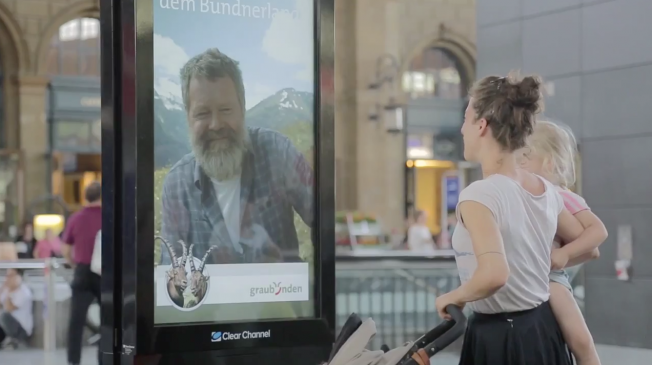
Here’s a fun stunt. To promote tourism, the rural Swiss region of Graubünden got an affable grey-bearded man to yell in real-time from a digital screen to passersby in Zurich’s main train station—trying to lure them with sweet yodeling and a free ticket to an impromptu vacation in a pastoral mountain town.
The take-it-now-or-leave-it twist is basically a local version of Heineken’s Departure Roullette campaign from a couple years back, which offered travelers already at the JFK airport a vacation to a unknown exotic location if they agreed to drop their existing plans.
Still, the Swiss video is a clever enough use of media, with the live dynamic playing on the expectation that the billboard will be comparatively static (in other words, it’s also another take on the intelligent vending machine). Plus, the invitation for an afternoon snack is pretty tempting, and the pitchman gets points for enthusiasm—he even goes so far as to offer to speak with one prospect’s boss, and actually dials another’s school to inform them the kid will be missing a day.
Then again, at the moment he actually starts greeting and shaking hands with guests, it suddenly looks an awful lot like the whole thing is green-screened. The trip from Zurich to Vrin is about 2 hours and 45 minutes by rail, according to Google Maps. So, it’s pretty suspicious that there’s no footage of the actual magical train that whisked people there—or their super fun adventures along the way (assuming Swiss train rides feature dining cars and high-speed wifi).
In fact, it doesn’t even seem like the brand and agency Jung Von Matt (which did a high-profile Facebook stunt for the Graubünden area back in 2011) even bothered to try to make it particularly convincing. For logistical reasons alone, it’s probable that they hired actors to play commuters, and shot the rest in a studio somewhere.
No matter, though, the major point holds. “Get away from the city and head to a relaxed mountain village,” reads the tagline. “[Or maybe just a computerized facsimile of one].”


